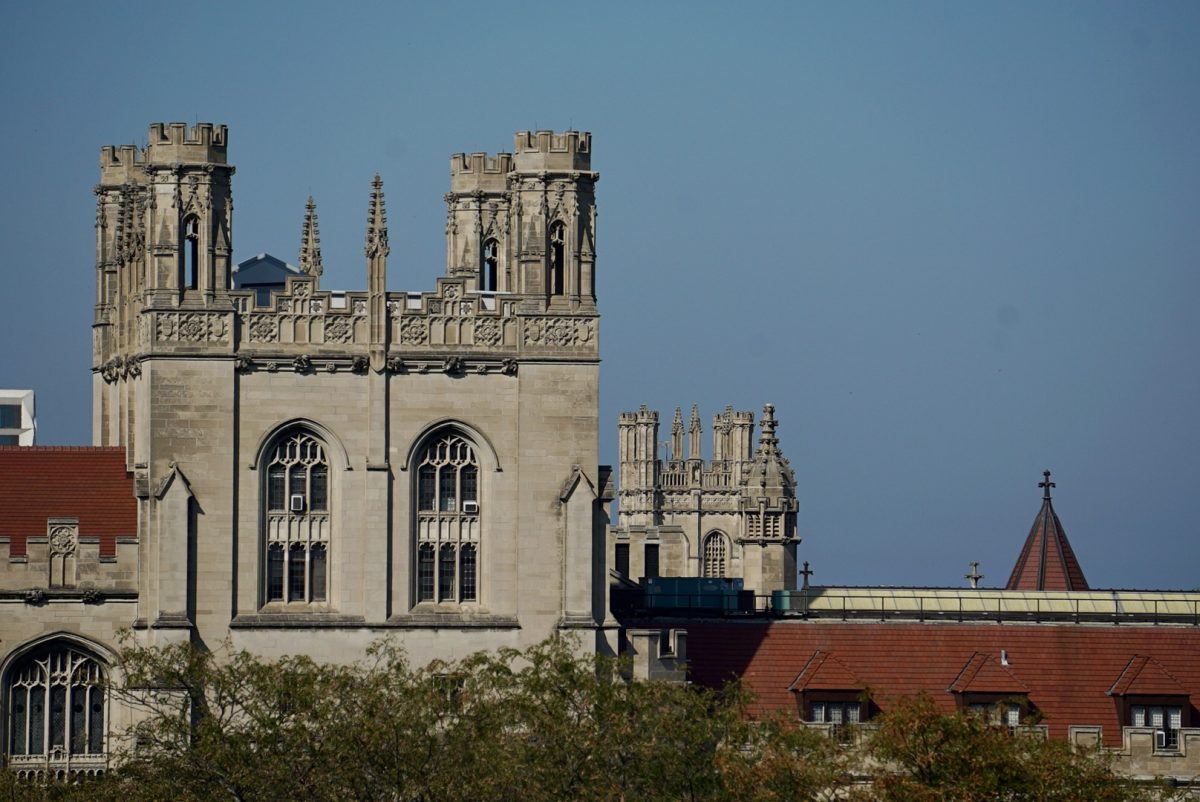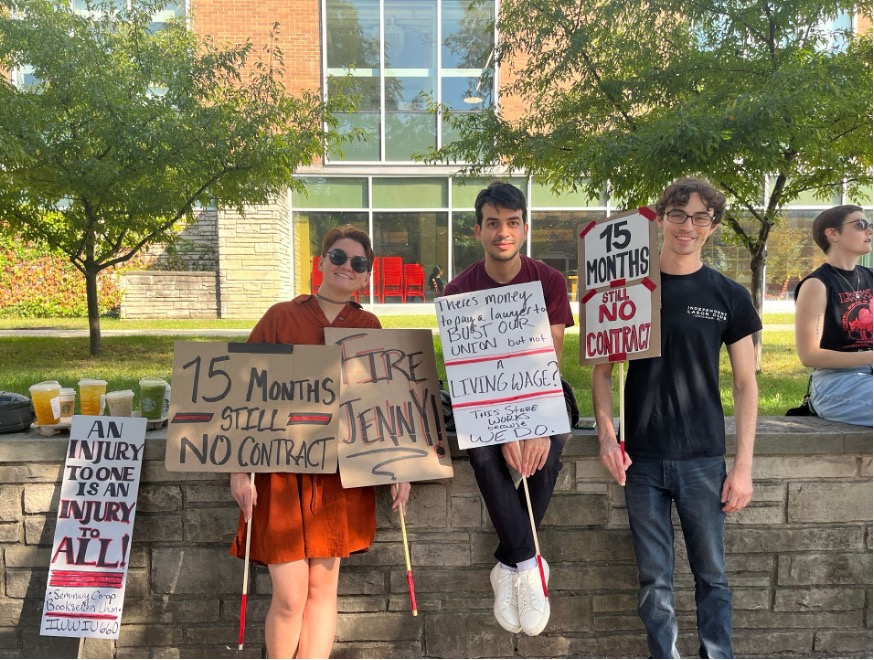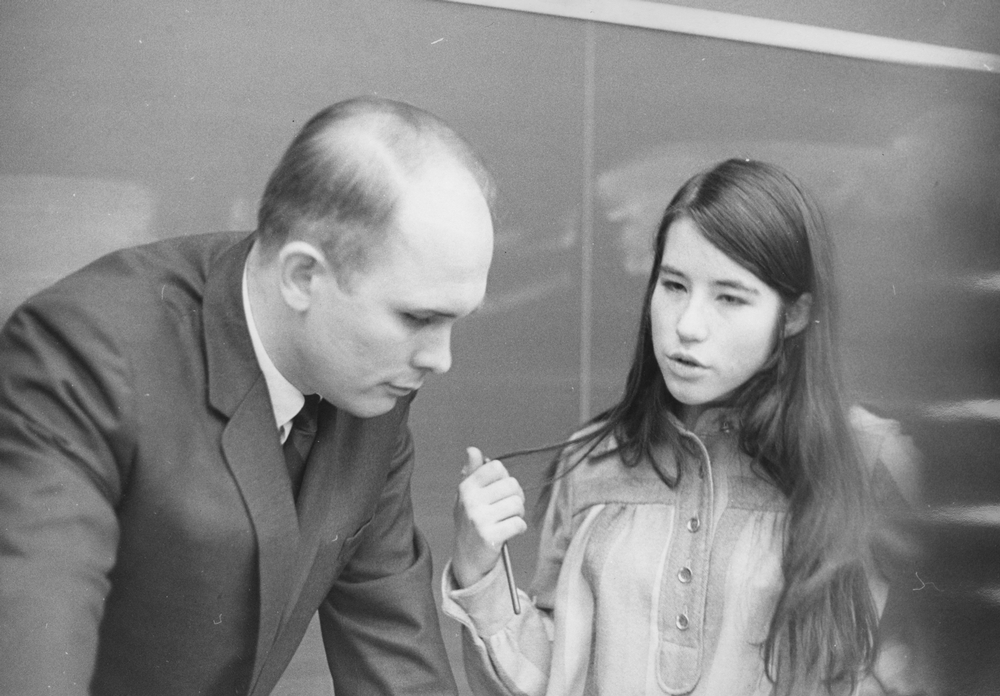The University of Chicago’s graduation rate for black students has grown 13 percent since 1998, according to a recent study published in The Journal of Blacks in Higher Education.
The increase puts the College’s graduation rate of black students six percentage points behind that of white students, far ahead of the national average difference of 20 percent.
The improvements at the U of C represent a narrowing of the gap between the graduation rates of black and white students, which in the late 1990s hovered around 15 percent, said Michael Behnke, vice president and dean of enrollment in the College, in an e-mail interview.
Chicago is also well ahead of the national graduation rate for black students, which, despite modest increases, remains at a relatively low 43 percent. The national graduation rate for white university students is 63 percent.
Graduation rates for white students at the U of C averaged in the low 80s during the 1990s, while the rate for blacks was near 70 percent.
Since the 1990s, the graduation rate for black students has increased at a more rapid rate than for white students. Currently, the black student graduation rate is 82 percent, while the white student graduation rate is 88 percent.
“While there is still work to be done, the improvement is significant and very gratifying,” Behnke said. “I think it is the result of two things. One is greater selectivity…. All students have stronger preparation. The second is significantly more programmatic support.”
The U of C acceptance rate has declined from around 60 percent in the late 1990s to 39 percent last year, according to Behnke.
The study also found that universities located in communities geographically isolated from black populations or exhibiting a less than welcoming attitude toward black students had particularly low graduation rates.
The study’s authors associate the University of California–Berkeley’s low graduation rate for black students with its race-blind admissions and perceived failure to provide institutional support for minority students.
Universities that consider race in admissions, including Ivy League schools, have seen improved graduation rates among black students, according to the study.
At the University of Chicago, the success is partly due to the growth and strength of initiatives geared toward minority student retention, said Ana Vazquez, deputy dean of students in the University and director of the Office of Minority Student Affairs (OMSA).
“It makes sense why some institutions have higher [minority] graduation rates,” Vazquez said. “We have students that are highly motivated, more institutional support, more student support.”
In 2004, a report commissioned as part of then-provost Richard Saller’s Initiative on Minority Issues sought to make the administration more sensitive to minority issues in the University community.
Several steps have since been taken to improve programs for minority students on campus, including the restructuring of OMSA and an Admissions Office initiative to identify better minority-recruitment strategies, Vazquez said.
Vazquez expects a further narrowing in the graduation rate gap between black and white students. Upcoming changes, such as the switch to the Common Application, which will likely attract a larger number of minority applicants, as well as OMSA’s relocation to a new three-story facility, will allow the University to continue its steady gains.








